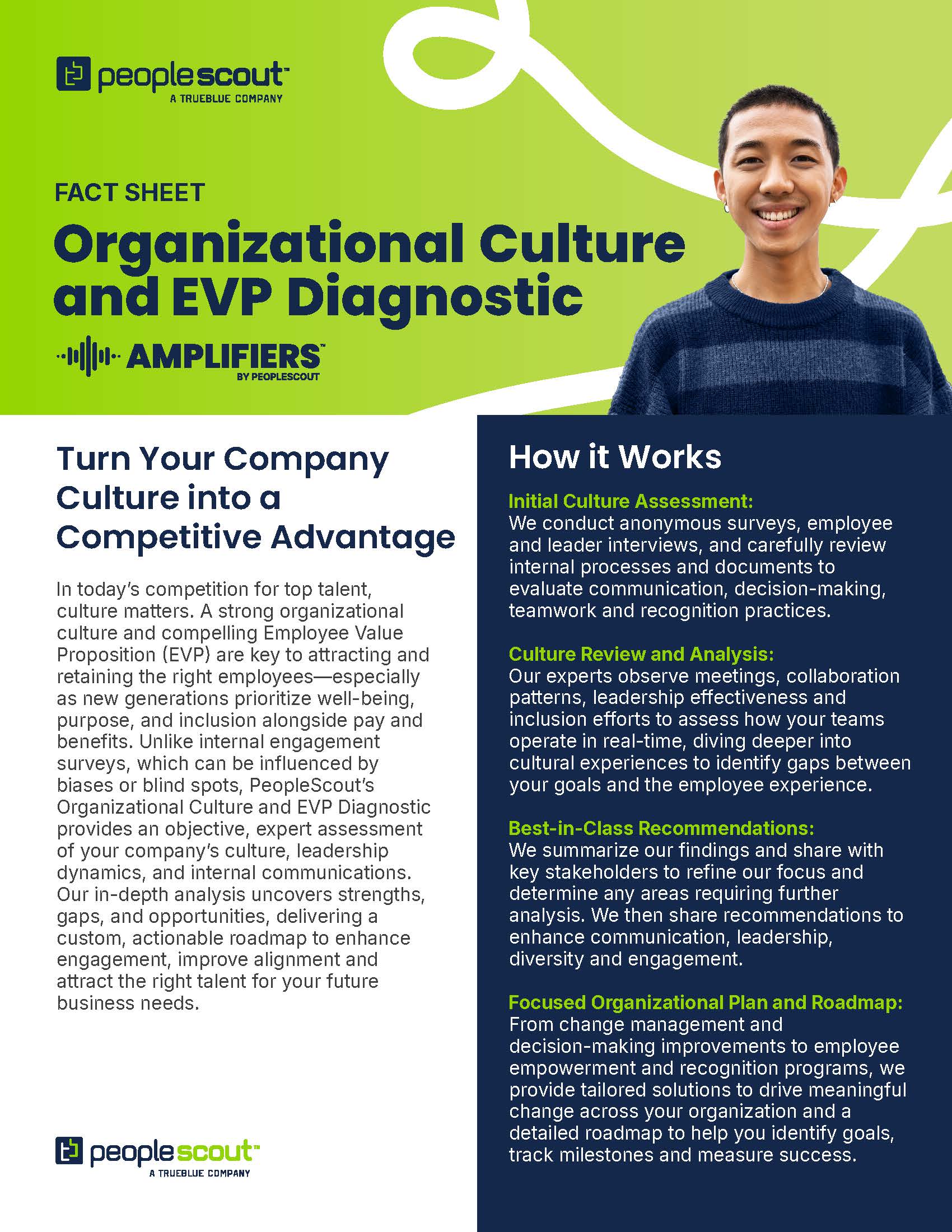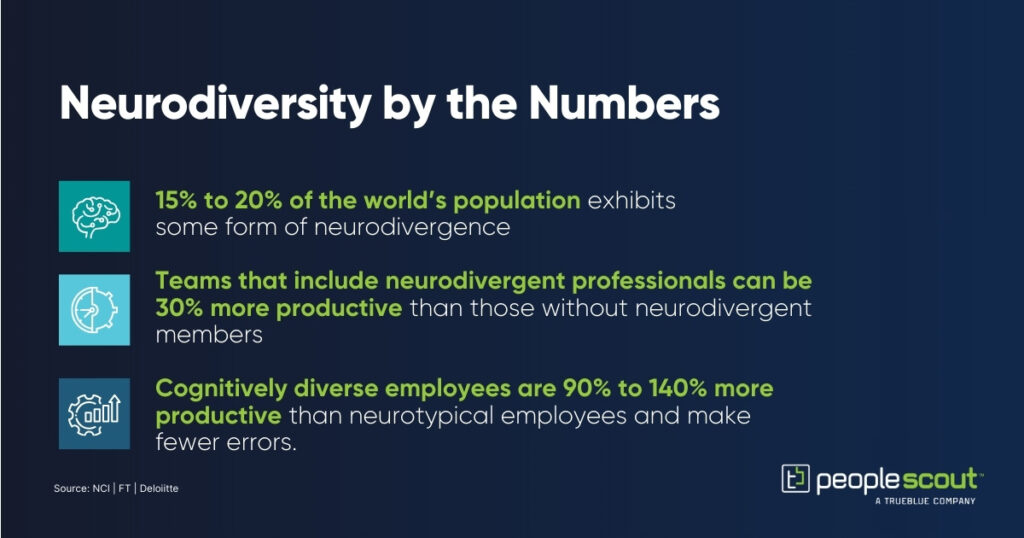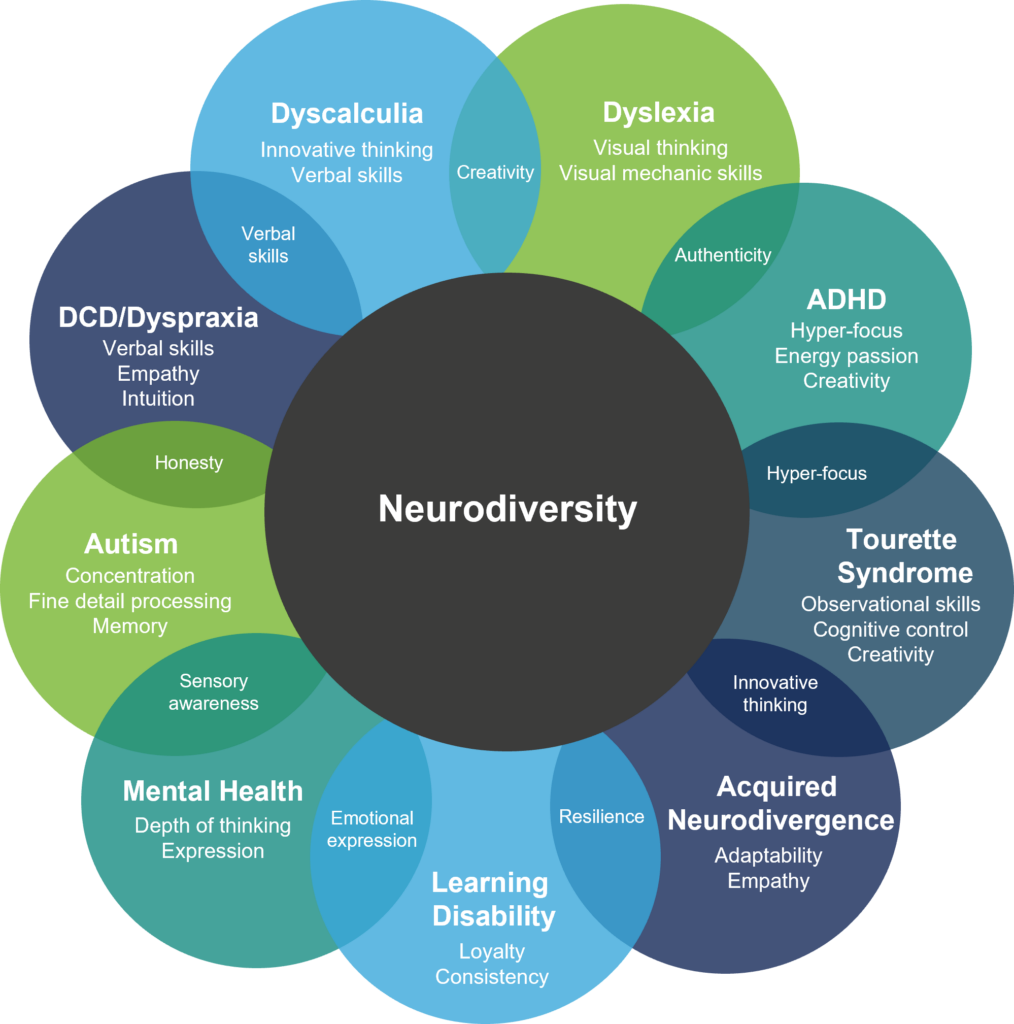One out of every two people in the world will develop a mental health disorder in their lifetime, according to a large-scale study co-led by researchers from Harvard Medical School and the University of Queensland. It’s not hard to understand why workplace mental health has become a larger part of our collective consciousness.
For employers, it means the global workplace is experiencing a mental health crisis that directly impacts business performance. According to Gallup’s State of the Global Workplace report, in 2024, employee engagement fell to a 10-year low of 21%, matching the decline witnessed during COVID-19 lockdowns. Meanwhile, burnout symptoms affect one in five workers globally, with certain demographics and industries experiencing significantly higher rates.
Today, more than 3.5 billion working adults each spend roughly 90,000 hours (or about 45 years) of their lives at work, underscoring the workplace’s potential to profoundly influence health. The business case for workplace mental health support has never been clearer—or more urgent.
The State of Workplace Mental Health
In the last five years, the typical organization has experienced disruption at every level. From pandemic turnover to a hiring boom then bust. From remote work to the return to the office. We’ve seen rapidly restructured teams, disrupted supply chains and shrinking budgets—not to mention eye-watering advancements in AI technology.
It’s no wonder the global workforce is experiencing unprecedented levels of mental health challenges. According to the same Gallup report, two-thirds (58%) of the global workforce is “struggling” and 9% are “suffering.” Just a third of global employees (33%) class themselves “thriving.”
Behind these data points are significant variations in the day-to-day emotional experiences of employees. When asked which negative feelings they experienced “a lot of the day yesterday,” 40% of global employees reported feeling stress, 23% sadness, 22% loneliness and 21% anger.
The Demographic Divide
Mental health challenges affect the workforce unevenly, creating targeted opportunities for intervention.
Age
According to a study from the World Economic Forum, the youngest workers (18-28) report burnout symptoms at three times the rate of older workers—27% versus 9% for those over 60. Nearly half (47%) of young workers report that their job negatively affects their mental health. This divide is further reflected in today’s multigenerational workforce—younger employees have reduced their weekly working hours by nearly two hours since 2019, compared to just one hour for older workers.
Gender
WEF also reports that women experience disproportionate mental health challenges at work. Female managers saw a seven-percentage-point drop in wellbeing in the past year. Women are 8 percentage points more likely to report exhaustion symptoms than men (46% versus 38%) and report higher rates of poor or fair mental health than men (23% versus 15%). Working women under 30 carry the greatest burden, with over a third (36%) reporting fair or poor mental health.
Other Key Demographics
- LGBTQI+ individuals score 9 percentage points lower on overall health than heterosexual employees.
- Neurodivergent employees are 24 percentage points less likely to report “faring well” compared to neurotypical peers.
- Employees with financial stress show dramatically lower overall health (41% versus 76% for those with good financial status).
- Remote workers consistently report higher levels of negative emotions across all categories: stress (45%), sadness (30%) and loneliness (27%).
The Hidden Productivity Crisis of Workplace Mental Health
The economic implications of poor mental health in the workplace are staggering. According to WEF, enhanced mental health for employees could generate up to $11.7 trillion in global economic value.
The costs of poor mental health are evident in absenteeism, turnover and productivity losses which account for $2 to $9 trillion in losses globally every year.
- Workers with fair or poor mental health average nearly 12 days of unplanned absences annually versus 2.5 days for other workers—a $47.6 billion annual productivity loss in the U.S. alone.
- Organizations lose 15-20% of total payroll in voluntary turnover costs due to burnout
- Employees with untreated insomnia cost approximately $2,280 more for employers per year
Despite these alarming figures, the gap between recognizing the problem and effectively addressing it remains wide. While 23% of CHROs now rank wellbeing among their top organizational priorities, only 21% of employees strongly agree that their organization cares about their wellbeing—matching a record low.
The Layoff Effect
The trend of large-scale layoffs has created significant mental health implications. In 2025 alone, over 51,000 tech employees and 61,000 U.S. government employees have been laid off. The ripple effects of layoffs impact entire organizational cultures, undermining engagement and productivity, as the fear of layoffs erodes motivation and contributes to anxiety and depression. Job insecurity leads to adverse mental health effects, with 45% of employees experiencing high job insecurity reporting burnout symptoms.
The Connection Between Engagement and Wellbeing
Record-low engagement is costing organizations billions in lost productivity. Gallup estimates the global cost of disengagement at $9.6 trillion annually (9% of global GDP). Employees who aren’t thriving report 61% higher likelihood of burnout and 48% higher likelihood of daily stress.
Gallup’s recent data reveals a critical relationship between engagement and wellbeing:
- 50% of engaged employees are thriving in life overall, compared to just one-third of disengaged employees.
- Engaged employees report fewer daily negative emotions, including stress.
- Only 30% of employees feel connected to their company’s mission/purpose—a record low.
These findings suggest a virtuous cycle: improving engagement enhances wellbeing, which in turn supports sustained engagement and productivity.
So, what can organizations do to boost employee engagement and wellness in the workplace?
Strategic Approaches for Supporting Workplace Mental Health
Invest in Manager Development
Manager burnout correlates directly with declining team performance, increased absenteeism and turnover. Yet less than half of the world’s managers (44%) say they have received management training, making it one of the most effective wellbeing initiatives employers can invest in.
According to Gallup, when employers provide management training, manager thriving levels improve from 28% to 34%. Thriving increases further to 50% when managers are encouraged to pursue personal development opportunities.
Address Core Drivers of Burnout
In 2019, the World Health Organization (WHO) included burnout in its International Classification of Diseases, defining it as an occupational phenomenon, rather than a medical condition. Burnout is driven by much more than just hours worked. Workplace factors contributing to burnout include:
- Toxic workplace behavior
- Role ambiguity
- Being treated unfairly
- Unclear communication
- Lack of manager support
- Unreasonable time pressure
Organization-wide, addressing factors like this that might be affecting mental health can have a more profound impact than generic wellness initiatives.
Implement a Holistic Approach to Workplace Mental Health
Effective mental health strategies require interventions at multiple organizational levels. Providing access to support resources and mental health awareness training for managers can help support employees at an individual level. In addition, encourage managers to look at various roles to find ways to enhance employees’ autonomy and ensure they have reasonable workloads. At the team or department level, leaders can influence the ways teams work together and create space for recovery by ensuring employees are cross-trained and workloads can be transferred. Organization-wide structural changes are equally essential, addressing systemic issues like compensation equity, career development paths and recognition programs that reinforce psychological safety.
Research shows that organizations taking this multi-level approach see significantly better outcomes than those implementing isolated wellness programs. According to the WEF report, comprehensive interventions targeting structural issues, leadership behaviors and individual support tools simultaneously can deliver up to three times the return on investment compared to fragmented approaches. The most successful organizations treat mental health not as a separate initiative but as an integrated consideration in every business decision, from office design to performance management systems.
Focus on Presenteeism, Not Just Absenteeism
While absenteeism is easier to measure, presenteeism (working while unwell) represents a larger economic impact. Many organizations track sick days but overlook the more substantial productivity drain of employees who are physically present but mentally struggling.
According to WEF, conditions like depression cause productivity losses exceeding $300 per employee annually in the U.S., primarily through presenteeism. Employees experiencing mental health challenges often exhibit decreased focus, impaired decision-making, reduced creativity and diminished capacity for collaboration—all while appearing to be “at work” according to traditional definitions.
Regular pulse surveys, performance analytics and team effectiveness assessments can help identify patterns of presenteeism before they translate into more serious issues like turnover or disability leave. Creating psychological safety for employees to disclose struggles before they become debilitating is equally important, as early intervention has been shown to significantly reduce both the duration and severity of mental health challenges.
Building Resilience with Workplace Mental Health
As organizations navigate economic uncertainty, technological disruption and evolving workforce expectations, they must also keep in mind that their employees are also impacted by these factors. In order to keep your workforce healthy and productive, mental health support must shift from a peripheral benefit to a core business strategy.
The data is clear: organizations that invest strategically in mental health create competitive advantage through higher engagement, reduced turnover, increased productivity and stronger organizational culture. Few investments offer comparable returns. Building mental health resilience isn’t just about supporting employees—it’s about securing your organization’s future performance and sustainability in an increasingly complex world.








